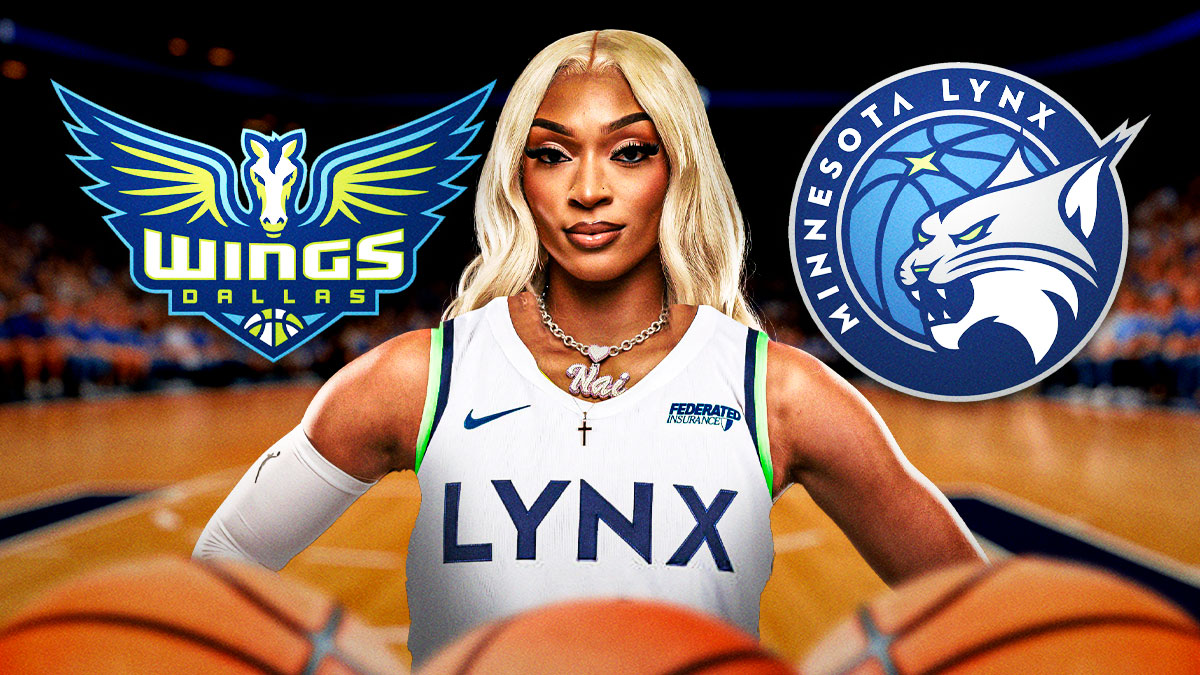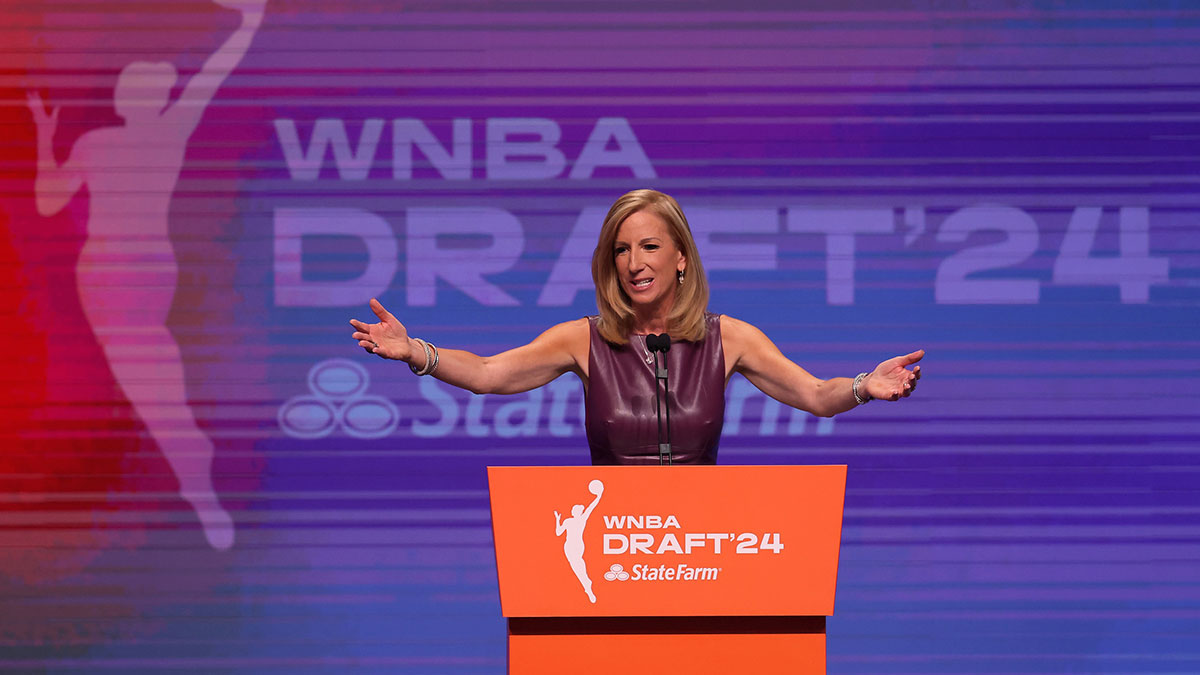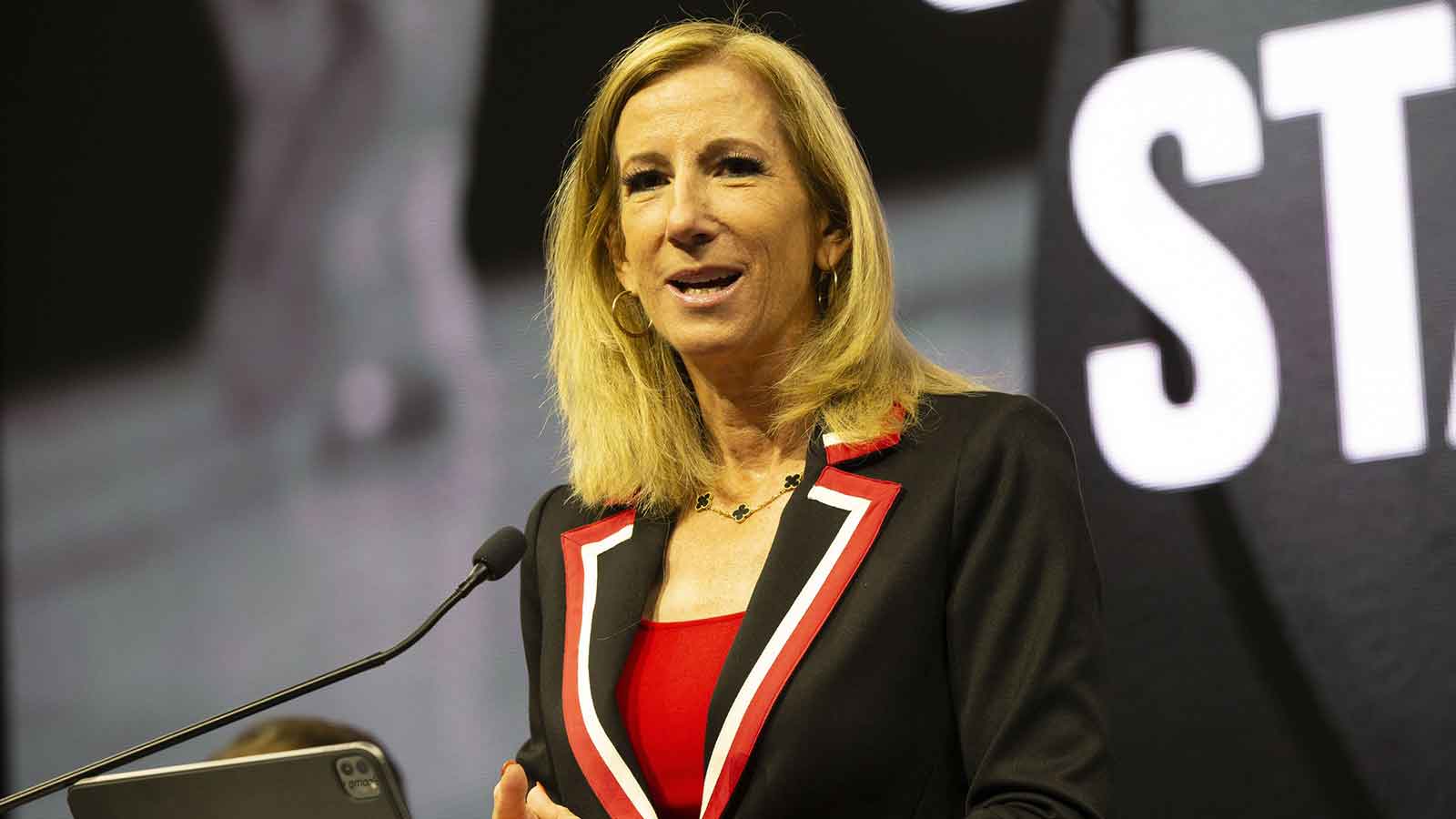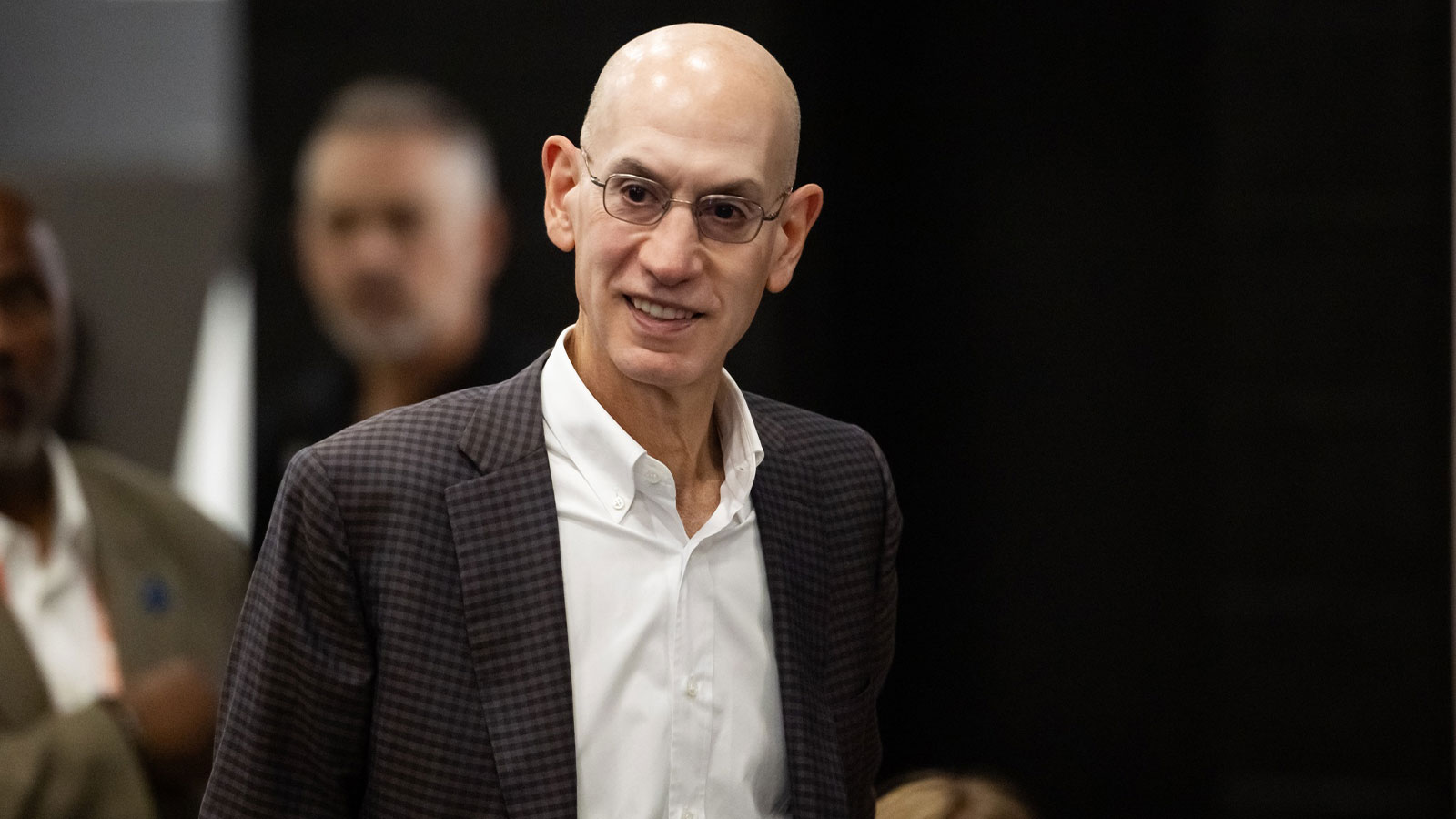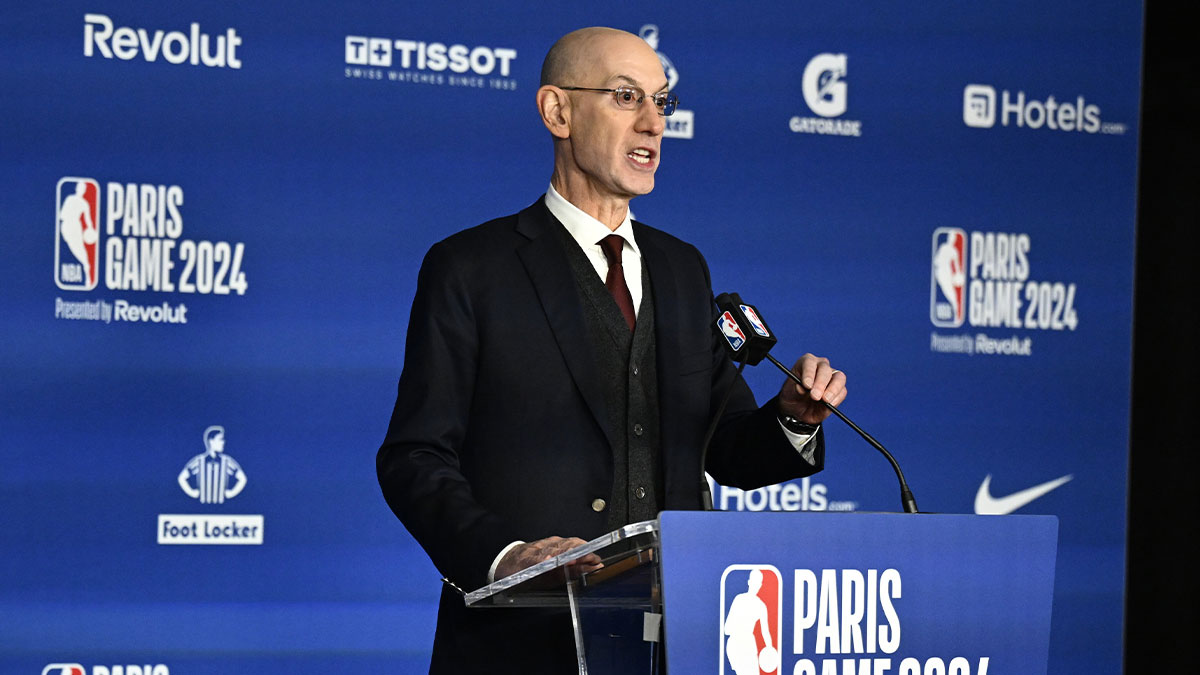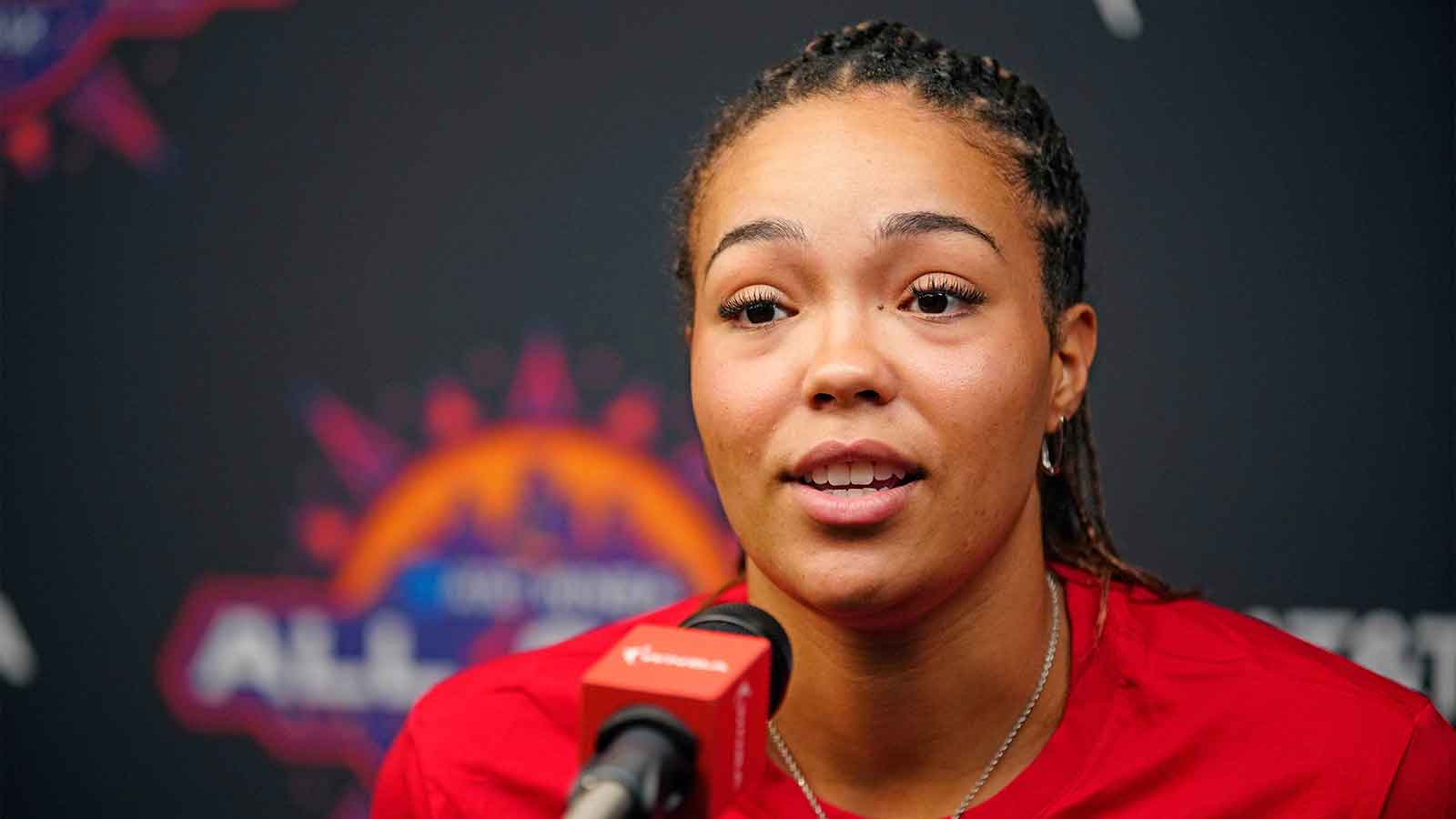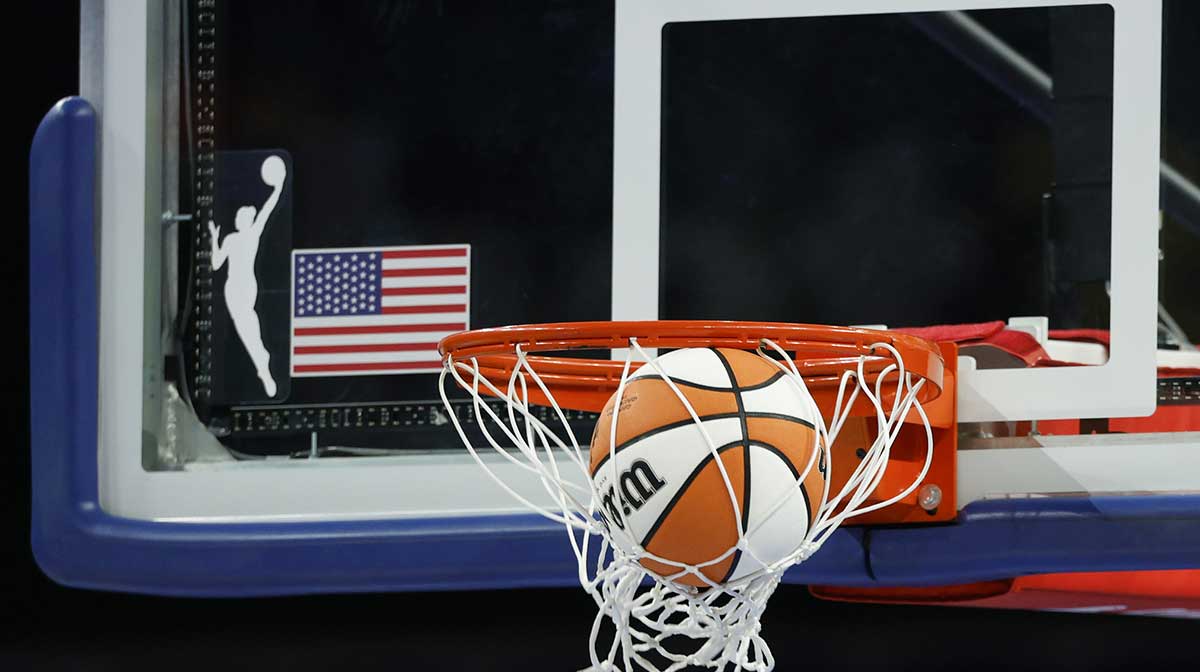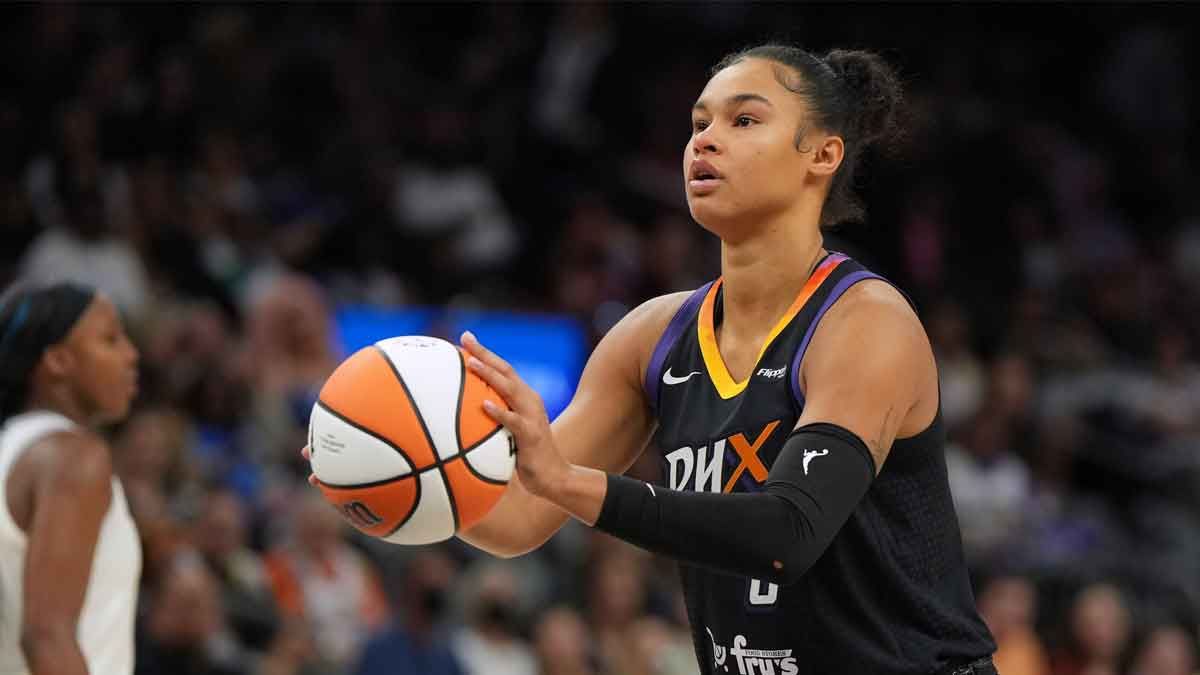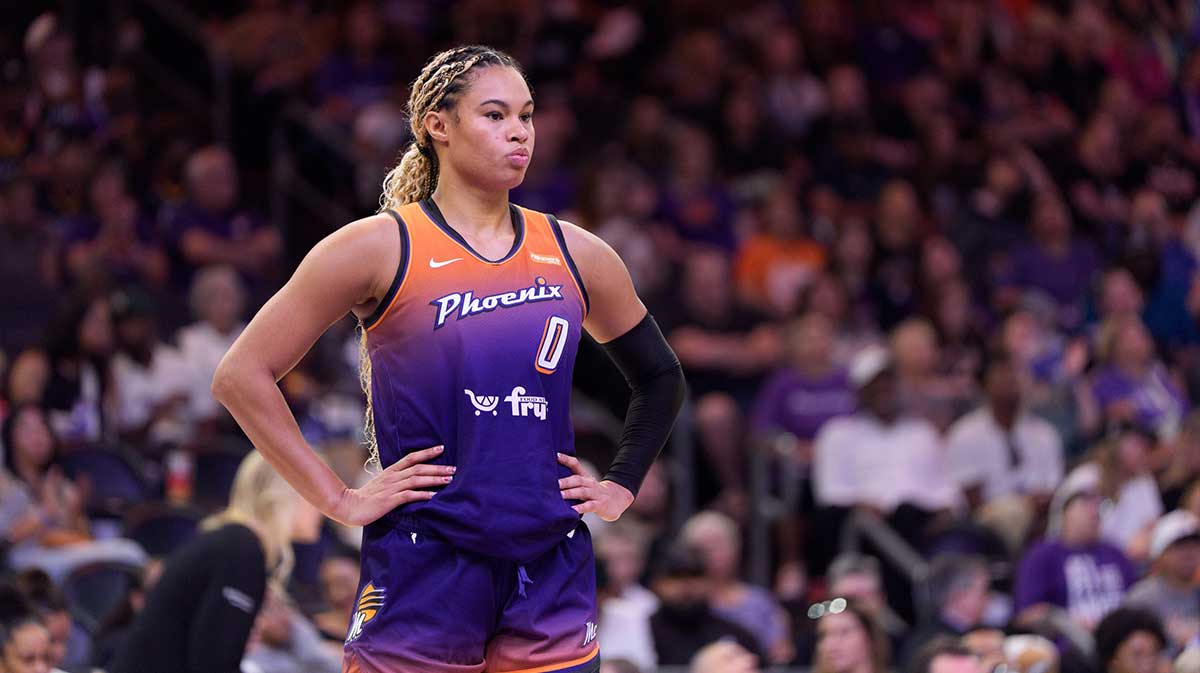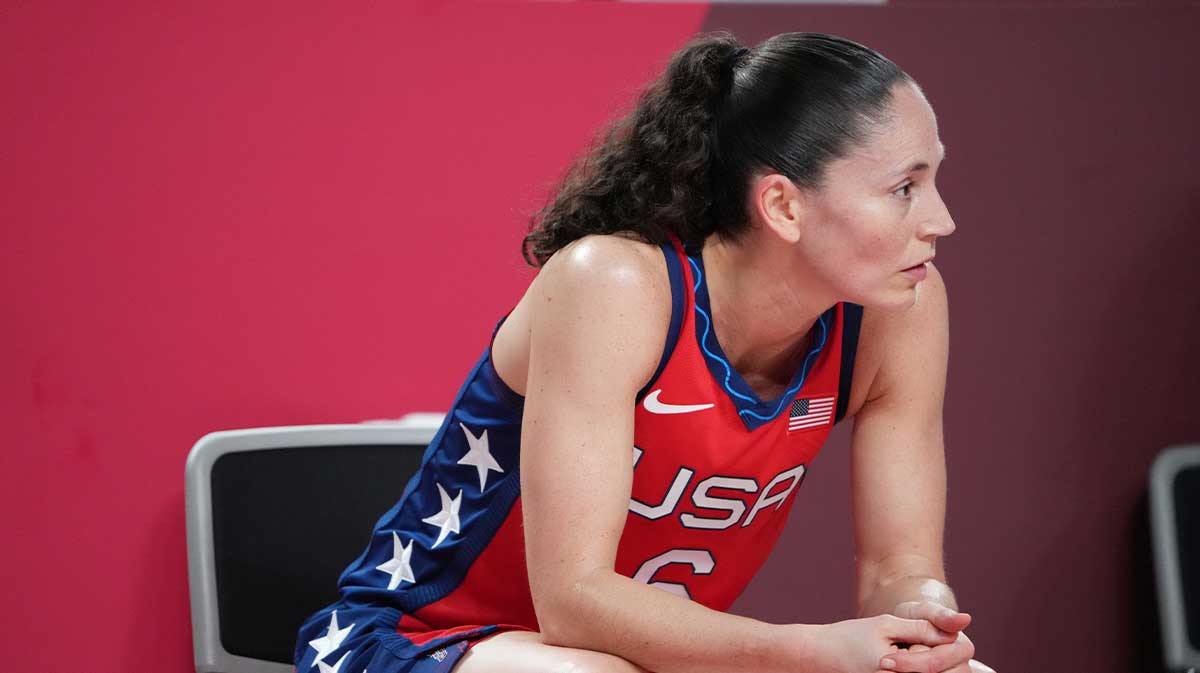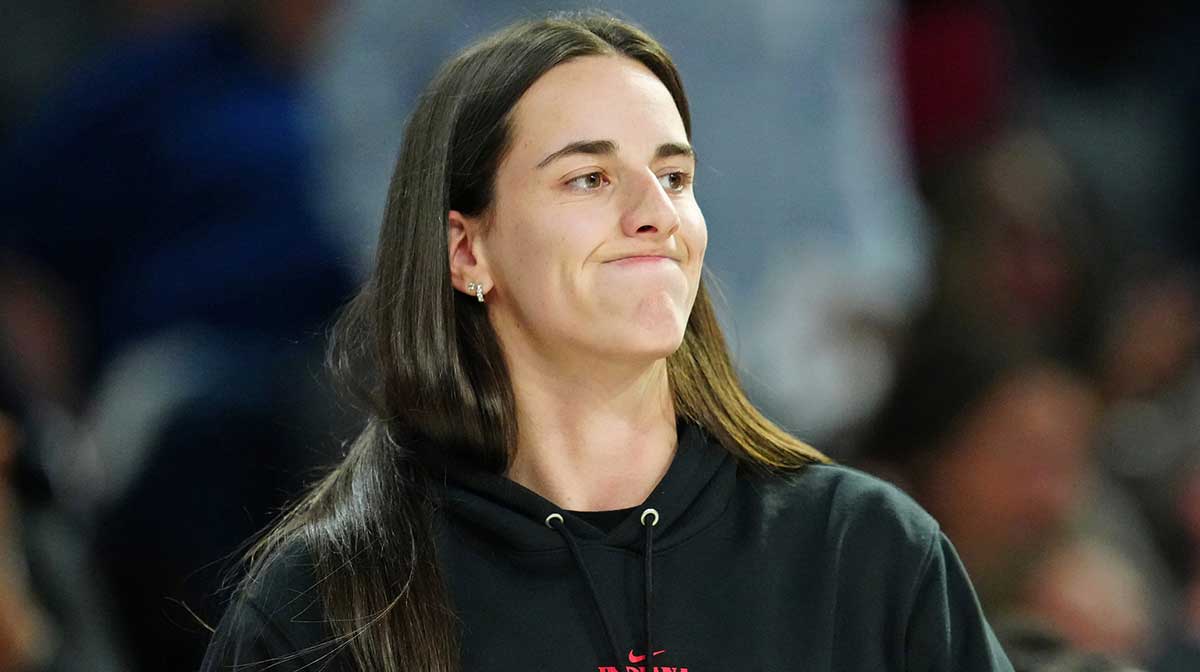The 2025 WNBA trade deadline, which passed on August 7, marked a pivotal moment in a season already rich with competitive drama, rising star power, and strategic front-office maneuvering. While the deadline didn’t produce the kind of seismic, league-shaking blockbuster moves that casual fans often crave, it instead offered a revealing look into how several franchises are navigating distinct phases of team-building, with some aiming for immediate contention and others opting for long-term flexibility and talent development.
This year’s deadline carried extra weight not only because of the tight playoff races and loaded draft class looming in 2026, but also due to shifting dynamics across the league, including the CBA (collective bargaining agreement) negotiations, player empowerment, injuries to notable names, and the rising urgency to prepare for WNBA expansion expected in the near future.
The five teams most active leading up to the deadline — the Minnesota Lynx, Dallas Wings, Washington Mystics, Seattle Storm, and Connecticut Sun — each made moves that varied in scale and immediate consequence but still said volumes about their short-term goals and long-term strategies. Let's take a look at where they all land grade-wise.
Washington Mystics: B
Shakira Austin posted this after the Mystics' moves ahead of the WNBA trade deadline. pic.twitter.com/maSt6EFq43
— espnW (@espnW) August 7, 2025
The Washington Mystics executed two deadline transactions aimed squarely at shaping their longer-term roster. First, the Mystics traded All-Star guard Brittney Sykes to the Seattle Storm for veteran Alysha Clark, Zia Cooke (whom they waived), and a 2026 first-round pick.
Sykes had averaged a robust 15.4 points and 4.4 assists while earning All-Defensive and All-Star nods this season. In return, Clark brings experience, including three WNBA titles and locker room leadership, but her on-court impact has scaled back. Her ability to boost the offense and defense without sacrificing long-term flexibility will bode well for the Mystics' ongoing rebuild.
Then on WNBA trade deadline day, the Mystics flipped forward Aaliyah Edwards to the Connecticut Sun for guard Jacy Sheldon (a promising young player drafted fifth in 2024) and rights to a 2026 first-round pick swap. Edwards, the sixth pick in 2024, had been averaging modest numbers and was supplanted in the rotation by rising rookie Kiki Iriafen. Meanwhile, Sheldon’s competitive nature and balanced skill set provide both short- and long-term value for the Mystics, given the strategic tilt toward youth and cap flexibility.
Minnesota Lynx: A
The Minnesota Lynx made a bold move, acquiring defensive dynamo DiJonai Carrington from the Dallas Wings in exchange for Diamond Miller, Karlie Samuelson (injured and later waived), and a 2027 second-round pick. Carrington, the 2024 Most Improved Player and an All‑Defensive First Team honoree, brings elite perimeter defense and hustle to a Lynx team already leading in the standings.
While offense may not be Carrington's strongest asset — her shooting efficiency and assist-to-turnover metrics lag behind league averages — her defensive presence and energy fortify Minnesota’s title ambitions. Carrington’s immediate fit in the Lynx’s defensive system allowed the team to not even miss a beat when Collier went down. Evaluated from both roster and strategic standpoints, this was a near-flawless trade for a team in championship mode.
Seattle Storm: B+
The Seattle Storm's acquisition of Brittney Sykes from Washington was one of the most strategically sound trades of the deadline. Landing such a multifaceted scorer and defender bolstered their perimeter rotation alongside Skylar Diggins and Gabby Williams, elevating both offense and defensive versatility.
The Storm sat firmly in the playoff picture but lacked consistency and two-way play from the wing position. Seattle has a dynamic backcourt and overall roster but needs complementary defenders, especially against elite opposing guards, and Sykes' averages of 15.4 points, 4.4 assists, and 2.1 steals per game made her one of the most well-rounded guards on the trade market.
Sykes brings a relentless motor, defensive grit, and slashing ability that immediately elevate Seattle’s on-ball defense and transition attack. The move was a measured upgrade given their tight cap situation and willingness to part with a draft asset for proven returns.
This acquisition is particularly impressive because of how seamlessly Sykes fits into head coach Noelle Quinn’s system. Quinn has built her Storm squads around spacing, pace, and defensive accountability, and Sykes checks every one of those boxes. She will likely slot in as the third or fourth option offensively, reducing the pressure on her scoring efficiency while serving as the team’s top perimeter stopper.
The cost for Seattle wasn’t negligible, but it was reasonable. Alysha Clark, although beloved in Seattle and a three-time WNBA champion, was no longer producing at peak levels, averaging under 4 points per game in limited minutes. Zia Cooke hadn’t found a consistent role in the rotation, and the 2026 first-rounder is unlikely to fall in the lottery if Seattle continues to win. In short, the Storm traded two non-core rotation players and a potentially mid-to-late draft pick for an elite defensive starter in her prime.
Connecticut Sun: B
The Connecticut Sun’s approach to the 2025 WNBA trade deadline was methodical, disciplined, and indicative of a franchise in the early stages of a roster retool. The Sun entered the deadline with a clear goal: Begin shaping a solid younger core while keeping space available for future assets. Despite entering August with the WNBA's worst record, the Sun didn’t opt for a fire sale. Instead, they executed a single, focused move.
The Sun bolstered their long-term stockpile by acquiring Aaliyah Edwards from Washington. The Sun's youth-centric rebuilding strategy seems well-served by adding Edwards, who's still young with upside, while holding onto draft flexibility. The deal quietly reflects a sharp, future-forward strategy from Connecticut's front office.
Edwards, the No. 6 overall pick in the 2024 WNBA Draft, had a modest rookie season in Washington but remains a highly regarded prospect with considerable upside. She brings strength, rebounding, interior toughness, and the ability to run the floor. Her college resume at UConn, located right in the Sun’s backyard, only adds familiarity and local appeal. And at just 23 years old, Edwards fits neatly into the kind of developmental timeline the Sun appear to be prioritizing.
Connecticut’s decision to part ways with Sheldon, a high-upside guard with elite perimeter speed and defensive energy, may have raised some eyebrows. However, the team’s backcourt logjam may have influenced the choice. Plus, the inclusion of a 2026 first-round pick swap also adds a layer of shrewdness to the move. Pick swaps are inherently speculative, but they offer flexibility and optionality, especially for teams aiming for upward momentum.
If Washington struggles again in 2026, which is more likely than not given their rebuild, Connecticut could gain significant draft value. For a team in a position like the Sun, these marginal draft advantages can prove essential. This may not look like a home-run deal, but within the context of where the Sun are, it’s a smart, calculated play. They took a bet on a promising post player who could be a long-term starter, maintained cap flexibility, and gave themselves a shot at better draft positioning in a deep 2026 class.
Dallas Wings: C+
The Dallas Wings deserve recognition for extracting significant future value. They traded Carrington, who didn't yet tap into full offensive consistency, for Diamond Miller (a high-upside former top pick) plus a draft asset. While the team faces a tumultuous internal climate — evidenced by growing fan unrest and calls for a coaching change, especially amid underwhelming results — this move aligns with a patient rebuild strategy, banking on development and draft capital.
There were multiple moves the Wings could've made to alleviate the short-term pain and reduce fans' frustrations, but they smartly set themselves up for the future if they can manage expectations and internal friction.
While the WNBA trade deadline wasn’t a frenzy of blockbuster moves in 2025, the quality of each team’s decision-making stands out. From the Lynx’s strategic push to contenders, to the Wings, Mystics, and Sun laying groundwork for future success, the moves reflect a league where front offices are increasingly thinking long-term, balancing competitive urgency with cap and roster evolution.
Instead of focusing on splashy names or high-profile moves, the 2025 WNBA trade deadline was a showcase of calculated team-building. Front offices appeared more focused on roster cohesion, cap flexibility, and future draft capital than ever before. The moves made will likely play a significant role in shaping playoff seedings, offseason strategies, and the developmental arcs of several rising stars.

